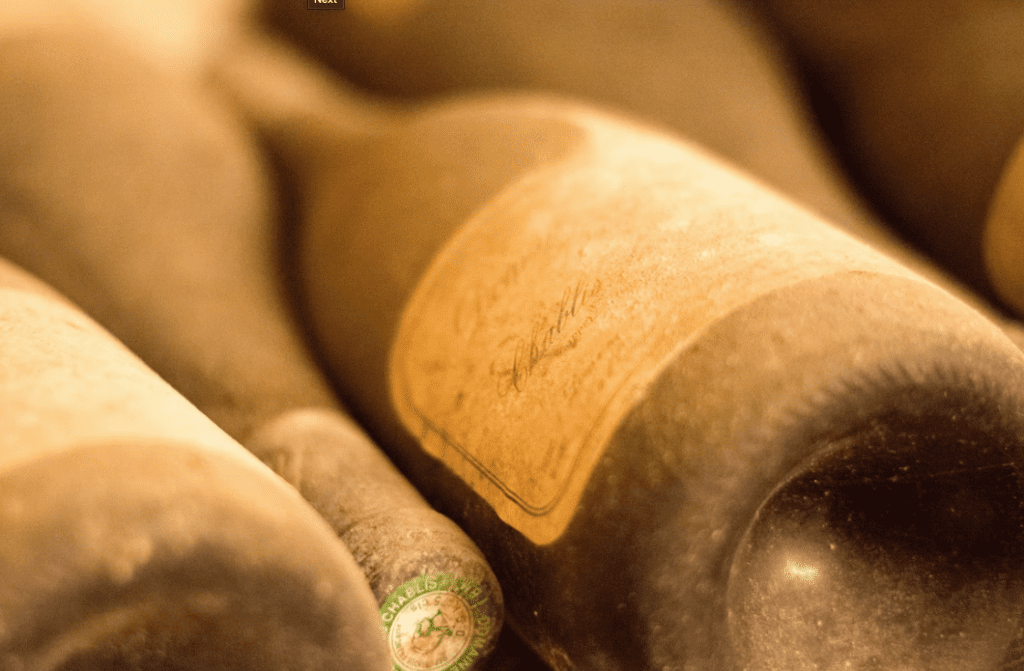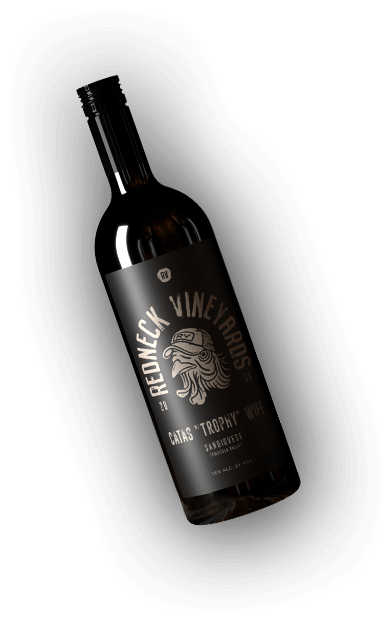Uncategorized
Why Do Wine Vintages Matter?
We’ve all heard about wine vintages, but what are they, and why do they matter? As exciting as the concept may be, wine vintages do NOT mean that your bottle of choice is a die-hard secondhand shopper. Instead, a wine vintage is the year the grapes used to make the wine were harvested.
More than almost any other aspect of the wine-making process, wine vintages impact everything about a wine, from its taste to its quality.
Let’s discuss why wine vintages matter and help you choose a vintage that pairs perfectly with your upcoming event or meal.
Wine Vintage 101
We’ve already defined wine vintages, but now it’s time to discuss why they matter. Throughout a given year, weather affects the vines and grapes throughout the growing season.
Things like soil acidity and composition also impact the flavor and profile of the grapes. When the grapes are harvested, those factors influence how the wine tastes.
For example, if you’re drinking a wine from the Northern Hemisphere, you’ll drink the result of grapes grown and harvested between April and October.
If you’re drinking a wine from the Southern Hemisphere, the growing season is between October and April, and vintages are generally dated with the later year.
In rare cases, you’ll find bottles without a vintage date. For example, you might discover champagne labeled “N.V.” because these wines are crafted by blending various vintages.
While it may seem like non-vintage wines are lesser-quality, they’re widely known for their consistent flavor and are usually chosen as house wines thanks to their predictability and good value.
Is There a “Good” or “Bad” Vintage?
We’ve all heard it: Wine gets better with time. So does that mean that the oldest vintage is always the best? Should you stay away from vintages within the last few years?
As you can see, there are a lot of misconceptions and confusions surrounding wine vintages, and for a good reason. Few people understand the nuances of vintage or how to choose an optimal one.
Ultimately, the foundational feature of vintage is sunshine. Grapes need lots of sun to mature and reach their ideal ripeness levels.
Those grapes might not have matured fully if a region received too many rainy or cloudy days during a particular vintage year. As a result, grapes grown during those rainy, overcast vintage years may also be more prone to rot or disease and may be generally lower quality in taste than grapes grown during sunny vintage years.
When it comes to the sun, more is not ALWAYS better, though. Since grapes are temperature-sensitive, hot regions above 92 degrees Fahrenheit or 33 degrees Celsius may become raisinated, resulting in bitter, flabby wines.
The Impact of Weather Elements on Vintage
When it comes to vintage, the weather is EVERYTHING. So it’s easy to choose a good vintage simply by learning to identify critical features about the weather during a specific vintage year.
Here are the factors you’ll want to consider:
- Frost: In the spring, frost is expected in growing areas like Burgundy and New York. Unfortunately, when frost strikes at the wrong time of the year (such as the spring), it can destroy wine crops before the vines flower. Similar harsh weather, like hail storms, can destroy vines’ structure, break off flowers, and even reduce the size of a vintage – sometimes up to 100%. While these features don’t always reduce the quality of a vintage, they can shorten the length of the growing season and result in a poor vintage.
- Moisture: Moisture is a critical component of vintage. Wet weather during the summer can cause rot and fungal diseases that will quickly destroy grapes and decrease a vintage. Too little moisture, however, will stunt the vines’ growth and reduce the grapes’ overall quality. Rain during the harvest period, meanwhile, swells grapes and causes them to either rot or lose their concentration.
- Temperature: Cold growing seasons slow the grapes’ ripening process and make it more difficult, just like unseasonably cold weather throughout the growing season will reduce the quality or quantity of a vintage.
How to Pick a Good Vintage
If you’re looking to learn more about wine, or you want to choose a bottle of wine that will impress guests at an upcoming dinner party, you’ll need to think about vintage.
One smart option is to look at vintage charts to understand wine experts’ thoughts about various vintages.
Remember that vintage is not a one-size-fits-all business: Even if a vintage was good in one growing region, it might not have been good in another area — even another area of the same region.
The bottom line is to do your research, don’t take vintage for granted, and get familiar with the weather patterns in a growing region during your vintage year of choice.
2 Times you NEED to Focus on Vintage
While knowing about vintage is one thing, when does vintage matter? Can understanding vintage mean the difference between choosing the perfect bottle and selecting something so-so?
Here are two times when a vintage is critically important:
1. When You’re Choosing Wines From Intermediate Climates
Intermediate climates have less predictable growing seasons. They include areas like France, Germany, Northern Spain, New Zealand, and Northern Italy.
Because these areas don’t have ultra-predictable growing seasons, it’s essential to understand the factors affecting a given vintage so that you can determine the quality of a specific bottle.
2. When You’re Collecting Wines
Vintage can make a big difference between one bottle and another — even when they’re from the same region and the same grower.
If you’re collecting wine or looking to curate a high-value wine collection, vintage is critical to understand. High-end red wines from areas like California, for example, will generally get better with age when they’re from a good vintage.
The Vintage Debate: Choosing the Perfect Wine for You
Understanding vintage is a great way to grow your wine knowledge. Here at Sweet Oaks, we’re proud to offer a selection of delicious wines from various vintages — like our 2018 Sweet Oaks DeLuzional Syrah Blend or our delicious Sweet Oaks 2016 Zinfandel. While understanding vintage isn’t always necessary to choose a delicious wine, it can be a great tool if you’re interested in building a wine collection or choosing wines from intermediate climates.
Sip happier! Try Sweet Oaks wine today.



